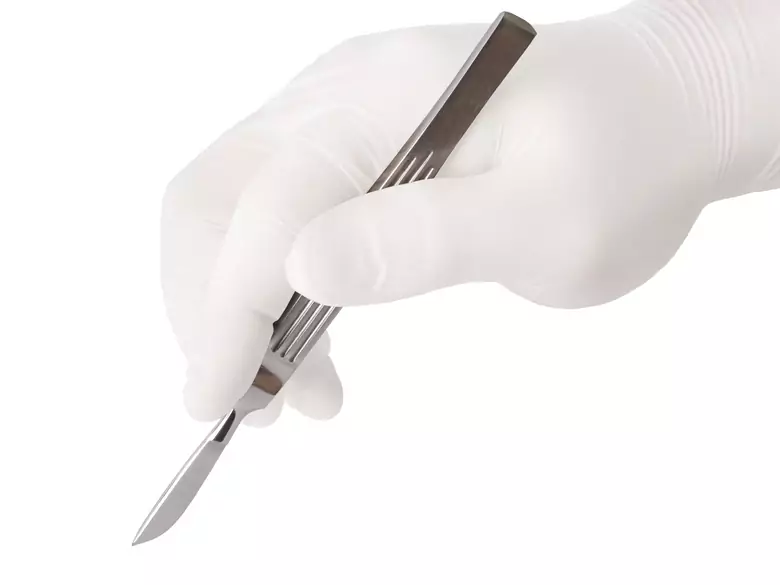Circumcision (Latin: circumcisio) is a surgical procedure to remove the foreskin. It is performed for cultural, religious (e.g. in Jewish society, boys are circumcised as early as the eighth day of life), and health reasons (treatment of a frenulum). American scientists have shown that a procedure to remove the foreskin before sexual activity can reduce the risk of prostate (steroid, prostate gland) cancer.
Approximately 20 - 30% of men in the world are circumcised. In the United States, until recently, circumcision was a routine hygienic procedure performed on all male infants. Today in the US, according to the Centers for Disease Control and Prevention (CDC), 55 - 57% of newborns undergo circumcision in hospital.
Circumcised men are less likely to contract sexually transmitted diseases (e.g. gonorrhoea), while their female partners are sporadically affected by cervical cancer. Circumcision also reduces the risk of infection.
Important! Many specialists believe that the foreskin's only role is to protect the glans of the penis during childbirth (it is no longer needed by the man in his subsequent existence).
A large group of men wonder whether the circumcision procedure affects the quality of sexual life. According to urologists, opinions are divided. Some believe that nothing changes after the procedure. Unless, of course, the reason for the circumcision was a stool (in which case there is a definite change in favour). Others are of the opinion that the quality of sexual life is much better after the circumcision procedure. This is related to the fact that the skin on the glans becomes firmer and more resistant to tactile stimuli. This allows the man to prolong the duration of the erection and thus increase his and his partner's sensations.
Prostate cancer
Prostate cancer is one of the most commonly diagnosed cancers in men.
Important! The disease is often characterised by an asymptomatic and slow course. It may develop asymptomatically even over a period of several years.
The prostate is chestnut-shaped and builds a rim around the urethra. It secretes fluid which, together with seminal vesicle secretions and sperm, forms sperm.
Important! After the age of 30, the prostate undergoes a natural process of growth (slower for some, faster for others). The increase in the size of the prostate affects the narrowing of the urethra, which results in an obstructed flow of urine.
The most common disease symptoms include:
- difficulty holding urine,
- burning during urination,
- lower abdominal pain and problems with erection.
Important! Prostate cancer mainly affects men over the age of 60. Men over the age of 40 should take an interest in prevention, especially if there is a family history of the disease.

photo: panthermedia
Circumcision and prostate cancer
The role of the curcumcision procedure and its impact on minimising the occurrence of prostate cancer is primarily related to viral or bacterial infections, as it is assumed that this type of cancer is caused by viruses and bacteria (chronic inflammation can affect the proliferation of cancer cells). In addition, circumcision reduces the likelihood of sexually transmitted diseases (e.g. curcumcision reduces the risk of HIV infection). Disease-causing microorganisms deprived of favourable conditions cannot colonise under the foreskin as well as on the surface of the glans. After circumcision, the moist nooks and crannies under the foreskin (where pathogenic micro-organisms are located) disappear, and the penile surface becomes less sensitive and more difficult for pathogen invasion.
Important! The study suggests a plausible biological mechanism for the relationship between circumcision and prostate cancer risk.









